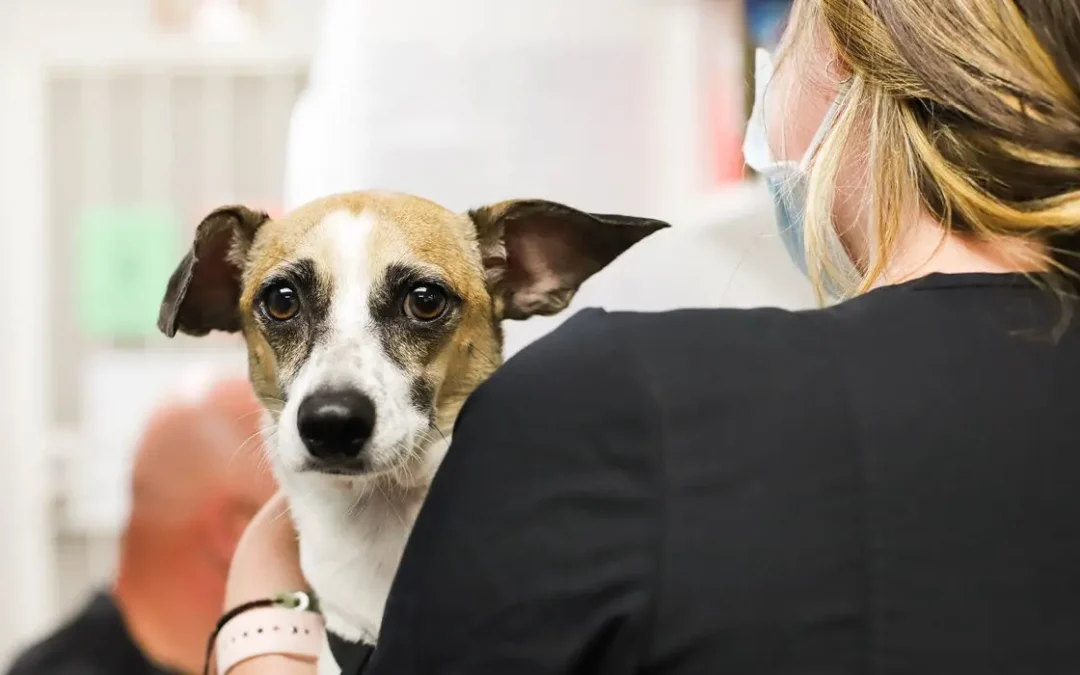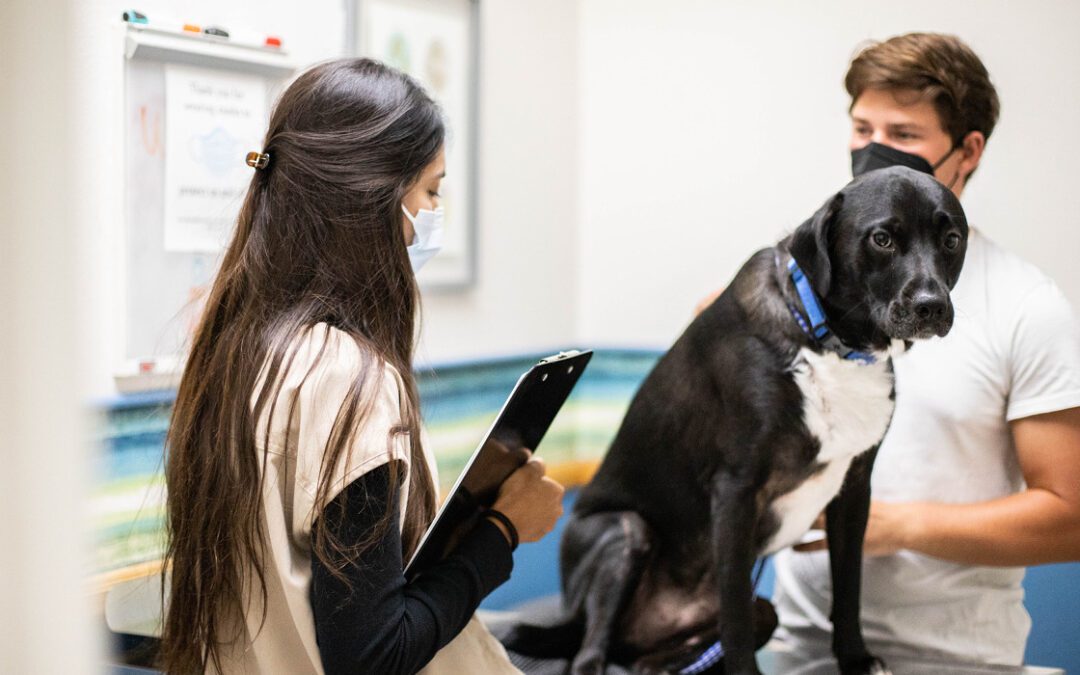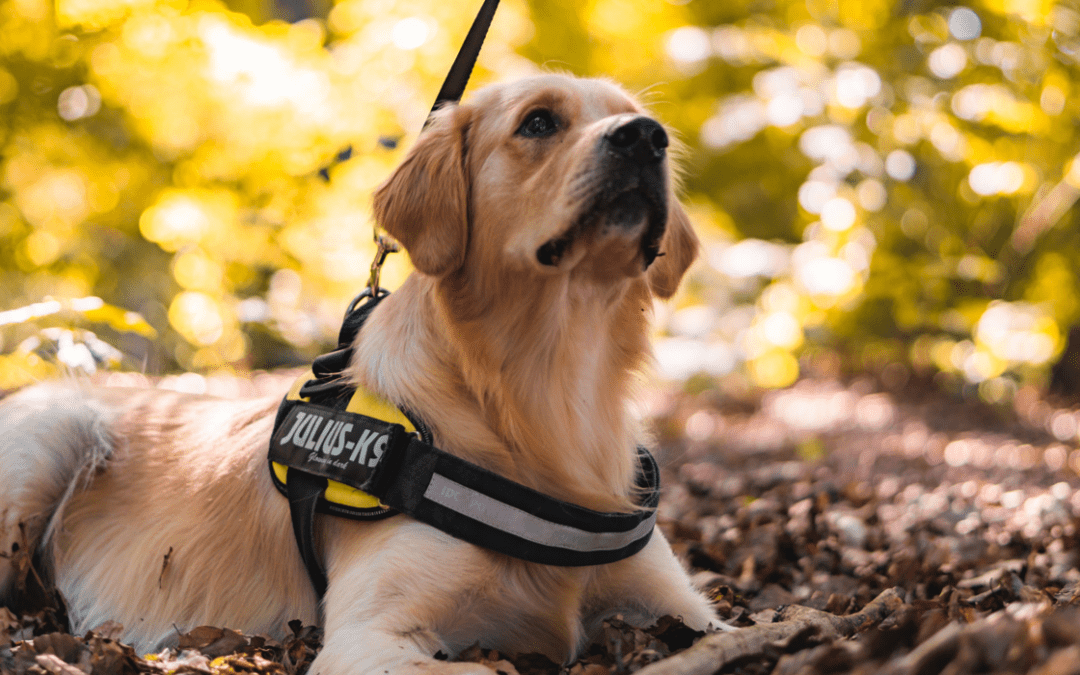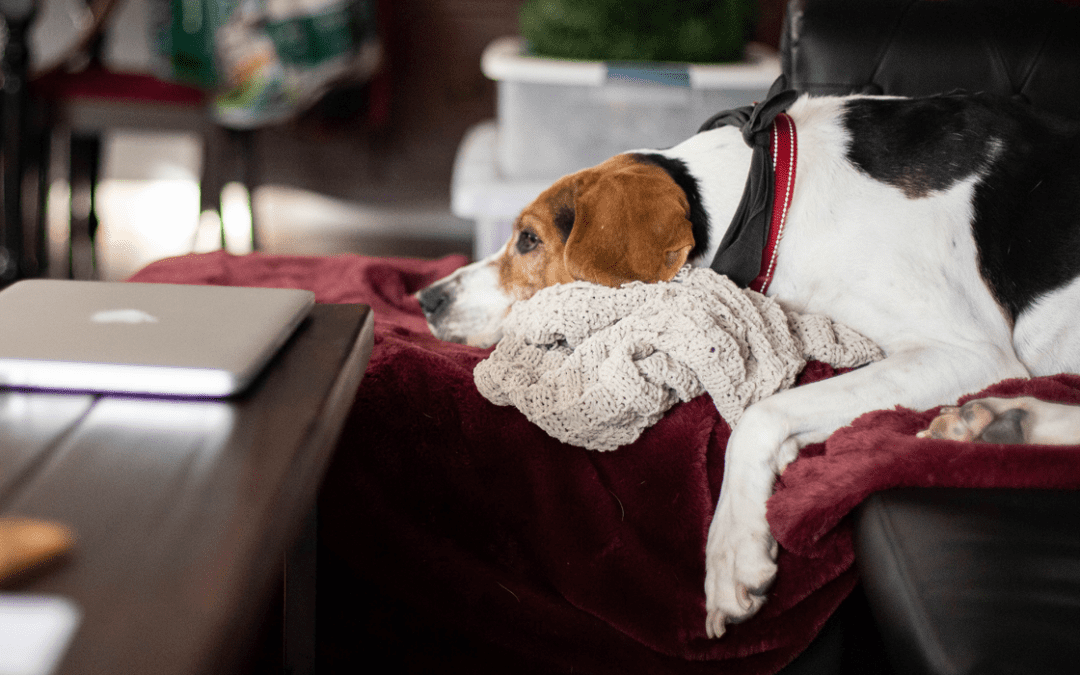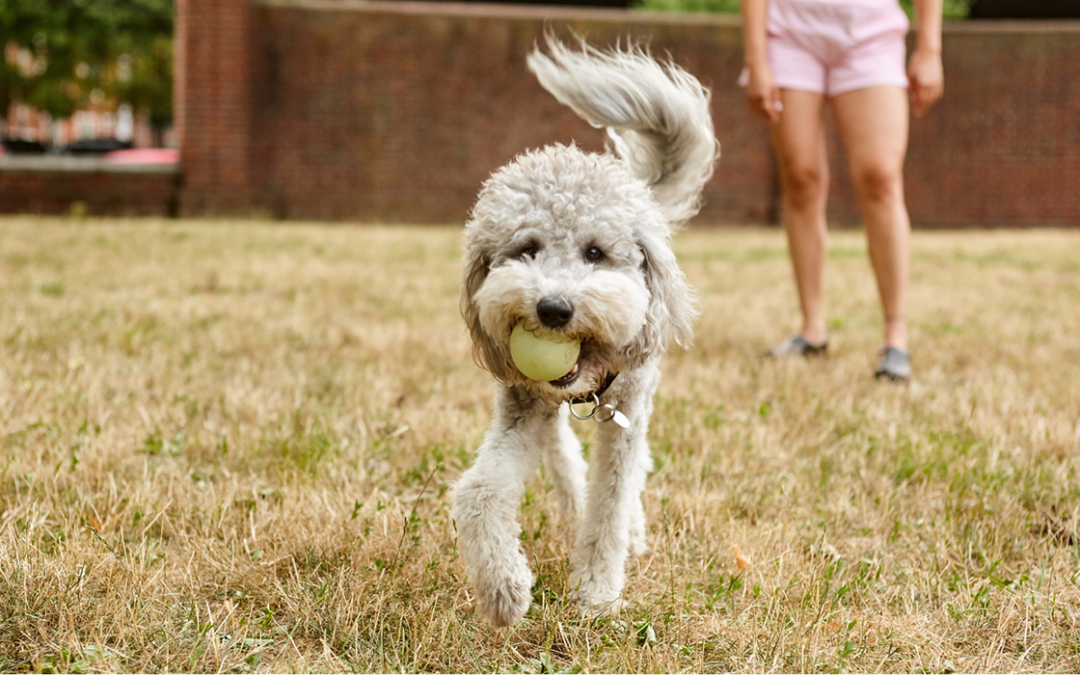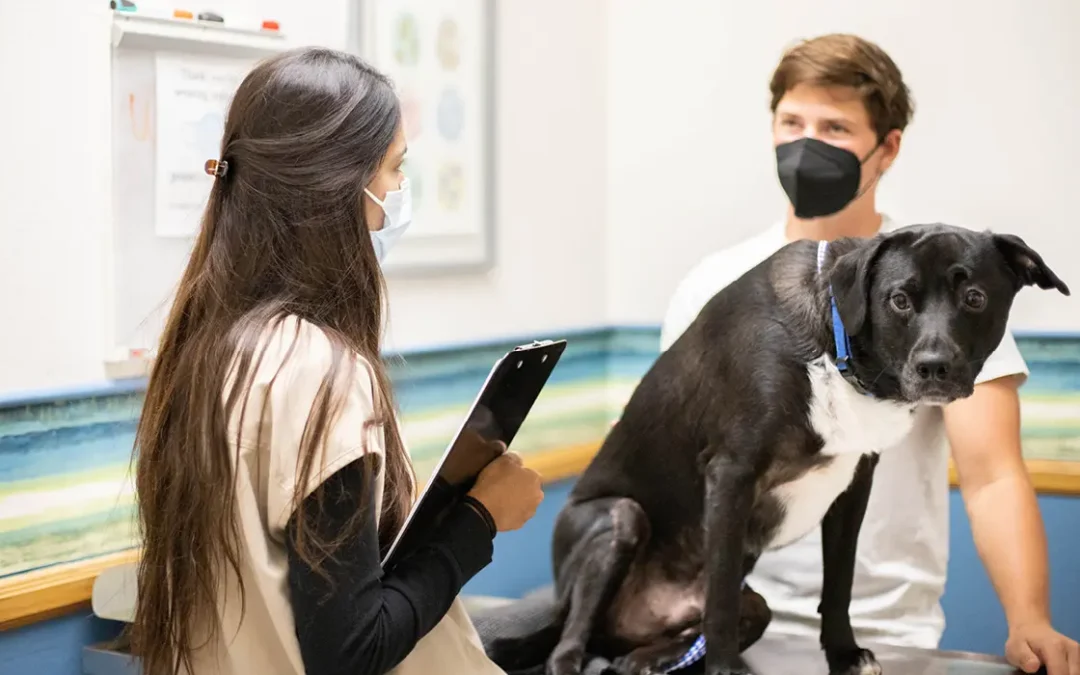Every year, thousands of pets are poisoned after ingesting toxic household substances. It’s up to us as loving pet parents to safeguard our pets. But it’s also vital to recognize the signs of poisoning and act quickly if we suspect something’s wrong. In this post, we’ll look at some of the most common symptoms of poisoning in pets. We’ll also explain what to do if you think your pet has come into contact with a toxic substance.
Symptoms of Poisoning in Pets
Poisoning in pets can lead to a wide range of serious symptoms. Some of the most common include vomiting, diarrhea, lethargy, weakness, respiratory problems, and seizures. Left untreated, poisoning can be fatal, so it’s vital to act quickly if you suspect your pet has been poisoned.
Symptoms of poisoning can vary depending on factors such as the species, age, size, and health of the individual animal. The type and amount of toxin they came into contact with is also an important factor. In addition, pets will display different symptoms depending on whether the toxin was ingested, inhaled, or absorbed through the skin.
Because of the wide range of potential symptoms, it’s always best to be cautious and treat any sudden change in your pet’s health as a possible sign of poisoning. In the next section of this post, we’ll look at the best way to approach the situation if you suspect your pet has been poisoned.
What to Do in an Emergency
There are several important steps to take if you think your pet has come into contact with a potentially hazardous substance:
1. Move Your Pet to a Safe Area
First, make sure to place your pet somewhere safe. Keep an eye out for any toxic substances that may have spilled onto the floor or furniture, and move your pet to an area that’s free from spills or toxic fumes.
2. Try to Identify the Poison
Next, try to identify the substance that your pet may have come into contact with. If possible, keep the packaging to show to your veterinarian. This will help them determine the best course of action for your pet.
3. Seek Professional Help Immediately
After you’ve completed the first two steps, seek professional help immediately by calling a veterinary clinic or pet poison helpline. Here are the phone numbers for two of the most popular pet poison helplines:
- ASPCA Animal Poison Control Center – 888-426-4435
- Pet Poison Helpline – 800-213-6680
4. Follow Instructions Closely
Follow the advice of your veterinarian or the pet poison helpline closely. This will help ensure the best possible outcome for your pet. If you can, provide important details such as:
- The type of toxin your pet was exposed to
- How they came into contact with it
- The symptoms they are showing
- When they came into contact with the toxin
5. Never Attempt to Treat Poisoning Alone Without Expert Guidance
Finally, it’s important to note that you should never attempt to treat poisoning without expert guidance. Different toxins react in different ways, and trying to treat your pet at home without help could do more harm than good.
How to Prevent Poisoning
The best way to prevent your pet from becoming sick due to poisoning is to make sure harmful substances are kept out of their reach. Use childproof locks on any cabinets, drawers, or storage containers that may contain harmful substances. It’s also important to make sure toxic substances are kept in a secure place when not in use.
Lastly, minimize the risk of your pet being exposed to harmful substances by pet-proofing your home and using products that contain natural ingredients instead of synthetic chemicals. These simple measures can help you avoid a potentially dangerous situation and keep your pet safe from harm.
The Bottom Line
Poisoning is a serious issue and can be fatal if not treated quickly. In this post, we’ve looked at what to do if you suspect your pet has been poisoned, as well as how to prevent poisoning from happening in the first place. Always remember to call a veterinarian or pet poison helpline immediately if you think your pet has been exposed to a toxin. By following these simple steps, you can help ensure your pet’s safety and get them the help they need fast.

